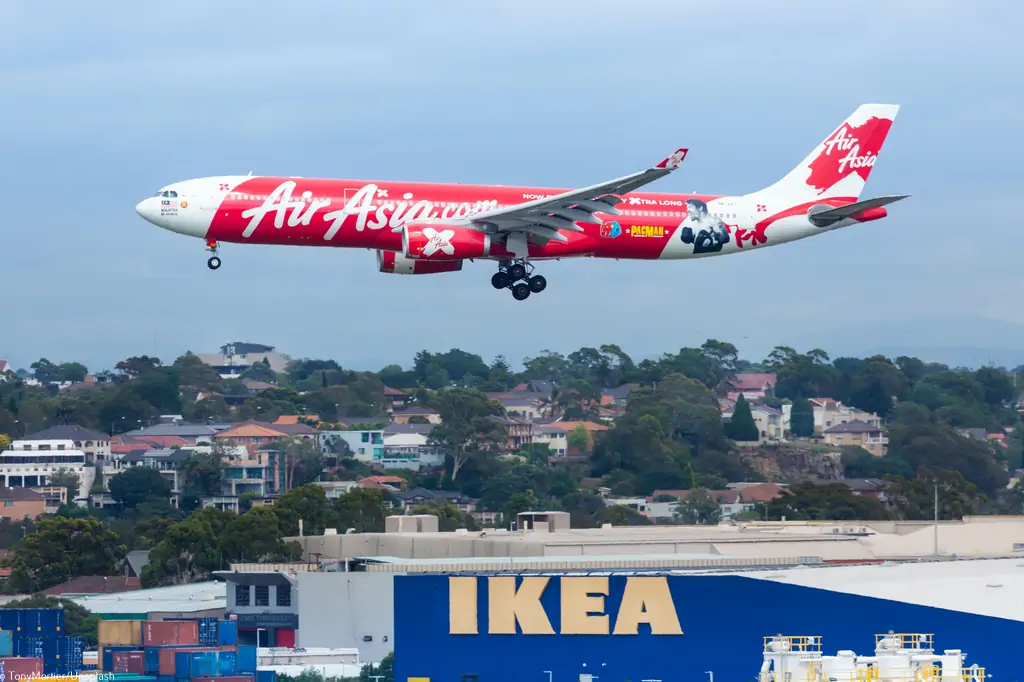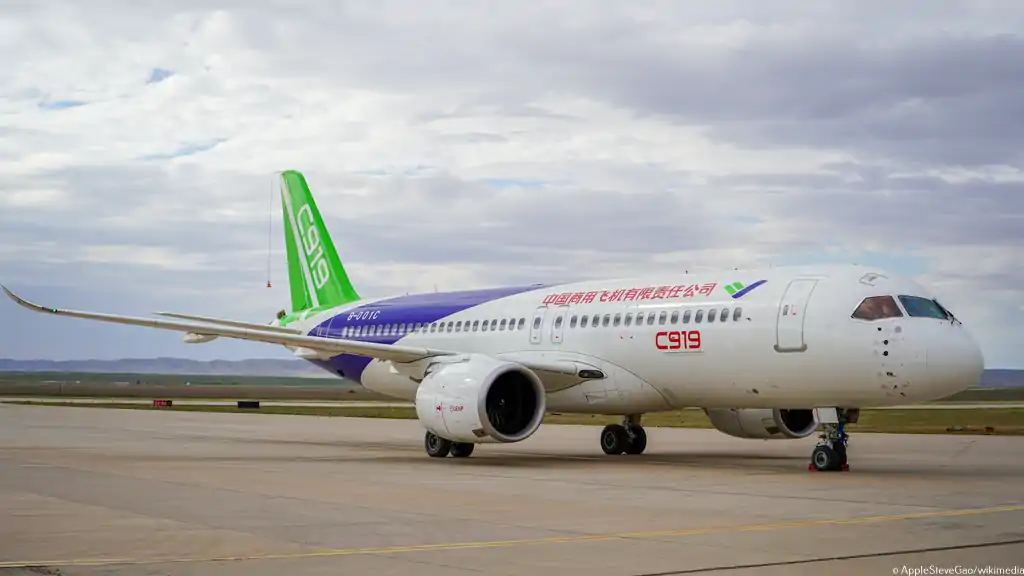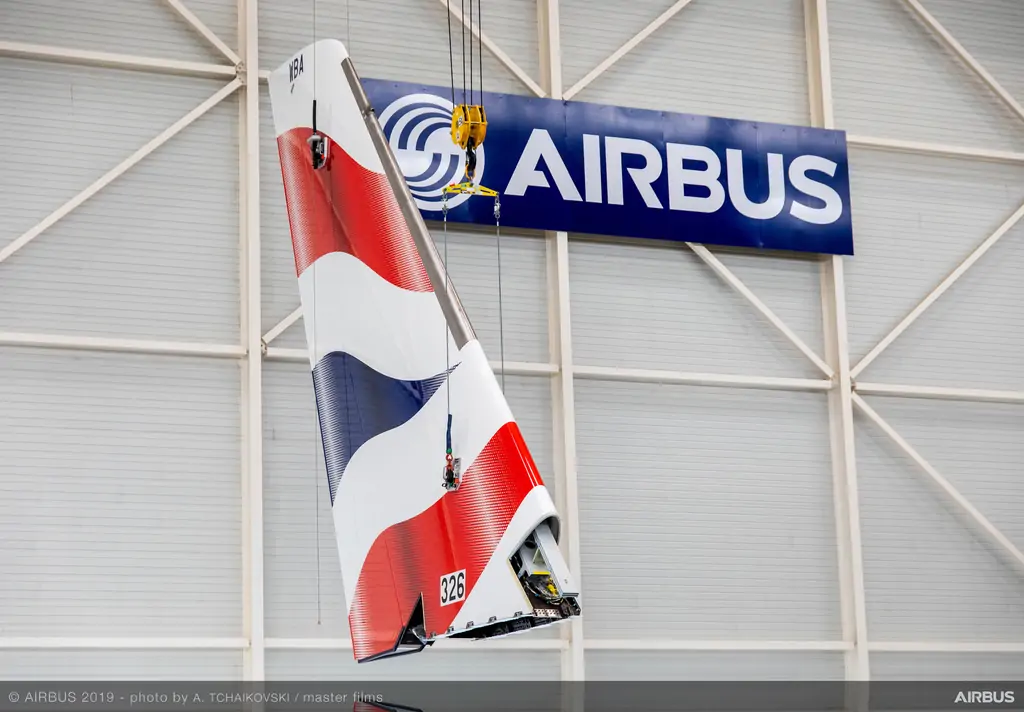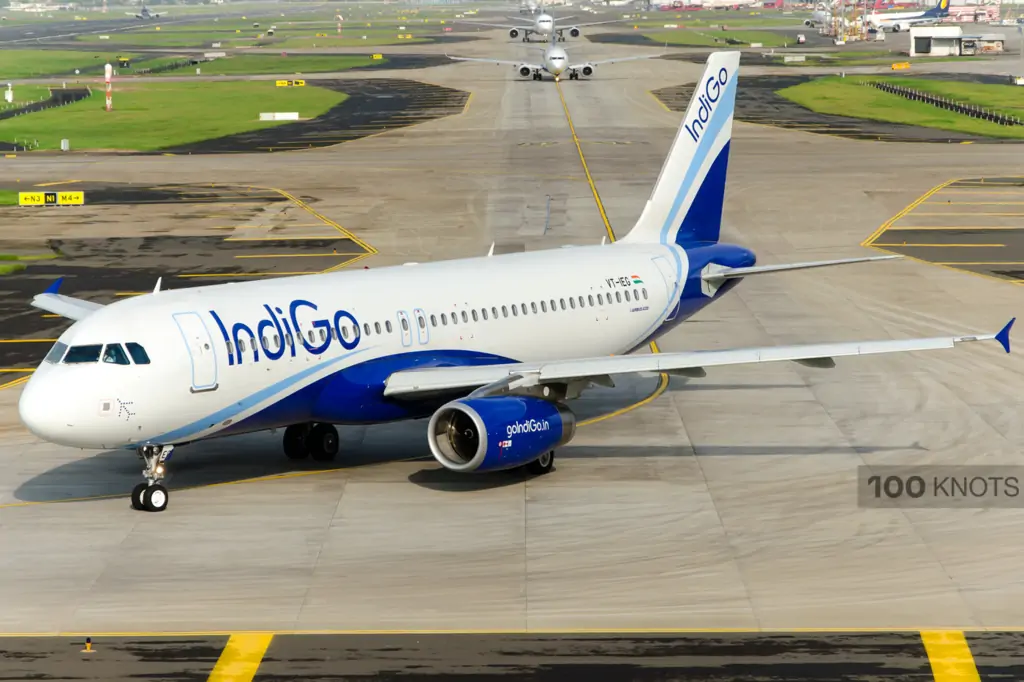In a strategic move set to reshape the aviation landscape, the board of AirAsia X has unveiled comprehensive details of their proposed acquisition of AirAsia Bhd and AirAsia Aviation Group, alongside a major reorganization effort. The ambitious endeavor aims to consolidate the AirAsia brand under a new investment holding company, AirAsia Group Sdn Bhd, fostering synergistic benefits and streamlined operations across a network of seven airline entities.
The Acquisition and Reorganization Strategy
Under the proposed acquisition, AirAsia Group Sdn Bhd will absorb AirAsia Bhd and AirAsia Aviation Group Ltd, facilitating centralized decision-making and more coordinated network plans. This integration is expected to optimize fleet management and utilization, enhancing operational efficiency across the board. Notably, the airlines to be transferred to AirAsia Group Sdn Bhd collectively have approximately 400 aircraft on order, with deliveries slated through 2035.
Financial Transactions and Shareholder Agreements
The acquisition process involves two conditional share sale and purchase agreements with Capital A, the parent company of AirAsia Bhd and AirAsia Aviation Group Ltd. The agreements, totaling billions in Malaysian ringgit, are set to be satisfied through a combination of equity issuance and assumption of debt. As part of the reorganization, AirAsia X will undergo a members' scheme of arrangement, resulting in the swapping of ordinary shares for AirAsia Group Sdn Bhd shares on a one-for-one basis.
Strategic Initiatives Post-Reorganization
Following the reorganization, the board has outlined several strategic initiatives aimed at fortifying AirAsia Group Sdn Bhd's financial position and operational capabilities:
- Issuance of Free Warrants: AirAsia Group Sdn Bhd plans to issue 223,536,402 free warrants, with a tenure of five years, on the basis of one warrant for every two shares. The exercise price for these warrants is yet to be determined.
- Private Placement: A private placement of shares valued at MYR1 billion is on the cards, with strict guidelines to exclude directors, major shareholders, and associated entities. The proceeds from this placement will primarily be allocated towards funding aircraft acquisitions, debt repayment, and bolstering working capital.
- Share Capital Reduction: To optimize capital structure, AirAsia Group Sdn Bhd intends to reduce its issued share capital to MYR100 million by canceling paid-up share capital that is lost or unrepresented by available assets.
Road Ahead
While the proposed acquisitions and reorganization hold significant promise for AirAsia and its stakeholders, they remain subject to regulatory approvals and shareholder consent. The strategic realignment underscores the company's commitment to adaptability and growth in a dynamic aviation landscape, positioning itself for sustained success in the years to come.
Conclusion
AirAsia's bold move to consolidate its operations under AirAsia Group Sdn Bhd signifies a pivotal moment in its corporate journey. With a keen focus on synergy, efficiency, and financial prudence, the company aims to chart a course for sustainable growth and competitiveness in the global aviation market. As the industry continues to evolve, AirAsia's strategic maneuvers exemplify its resilience and determination to thrive amidst change.
With Inputs from ch-aviation
Read next
In a recent announcement, Air China has set the aviation industry abuzz by revealing its agreement to purchase 100 C919 aircraft from the Commercial Aircraft Corporation of China (COMAC). This move marks another significant stride for China's burgeoning aviation sector, adding to the momentum generated by previous orders from major airlines and private carriers.
Air China's Order and Market Dynamics
Air China's decision to opt for the extended-range variant of the C919 underscores the aircraft's growing appeal in the market. With a notable price advantage over its Boeing and Airbus counterparts, the C919 offers an attractive proposition for airlines seeking efficiency without compromising on performance.
The competitive pricing of the C919, coupled with its extended-range capabilities, positions it as a compelling choice for airlines navigating the evolving landscape of commercial aviation. While list prices provide a reference point, the actual negotiated rates reflect COMAC's commitment to fostering mutually beneficial partnerships with airlines.
Technical Advancements and Delivery Schedule
The extended-range variant of the C919 boasts impressive specifications, including a higher maximum takeoff weight and enhanced payload range compared to its basic counterpart. These enhancements not only expand the aircraft's operational flexibility but also cater to the diverse needs of airlines operating in various market segments.
Air China's structured delivery schedule mirrors the strategic planning observed across the industry, with batch deliveries scheduled from 2024 to 2031. This synchronized approach not only facilitates operational planning for airlines but also underscores COMAC's commitment to meeting customer demands efficiently.
Industry Outlook and Challenges Ahead
COMAC's ambitious production targets signal its intent to capitalize on the growing demand for the C919 aircraft. With orders pouring in from major airlines and private carriers alike, the company faces the formidable task of ramping up production to meet burgeoning expectations while maintaining quality standards.
As orders for the C919 soar, COMAC must navigate the complexities of scaling production capacity to avoid potential bottlenecks. The company's commitment to achieving an annual production capacity of 150 aircraft within the next five years reflects its proactive approach to addressing industry challenges head-on.
Conclusion
The surge in orders for the C919 underscores China's emergence as a key player in the global aviation market. With innovative aircraft designs and ambitious production plans, COMAC is poised to reshape the industry landscape, ushering in a new era of efficiency and sustainability in commercial air travel. As airlines embrace the C919, the sky's the limit for China's aviation ambitions.
Read next
Dubai, known for its grandeur and ambition, has once again set its sights on redefining what is possible in the aviation sector. On April 28, 2024, Sheikh Mohammed bin Rashid al-Maktoum, the ruler of Dubai, gave the green light for the final design of the new passenger terminals at Al Maktoum International Airport, also known as Dubai World Central (DWC). This announcement signals the beginning of a transformative journey aimed at preparing for the next 40 years of anticipated growth in Dubai's aviation sector.
A Bold Vision and Gradual Shift in Operations
The scope of the project is staggering. With an estimated cost of AED128 billion ($35 billion), Dubai's ruler aims to construct five passenger terminals, ultimately increasing the airport's capacity to a whopping 260 million passengers annually. Once completed, DWC Airport will boast the title of the world's largest capacity airport, surpassing its neighbor, Dubai International Airport (DXB), which welcomed 86.9 million passengers in 2023.
The vision doesn't stop at mere expansion. Sheikh Mohammed bin Rashid al-Maktoum outlined plans for DWC Airport to gradually supplant DXB as the primary aviation hub in Dubai over the course of 10 years. This transition is expected to streamline operations and accommodate the projected growth in passenger traffic.
Innovative Design and Infrastructure
Dubai's aviation sector isn't just expanding; it's evolving. Suzanne Al Anani, CEO of Dubai Aviation Engineering Projects, highlighted the innovative approach being taken in the development of DWC Airport. Prioritizing connectivity and accessibility, the project aims to integrate efficient public transportation links and reduce reliance on private transport, thereby mitigating the project's carbon footprint.
A Hub of Connectivity and Vision for the Future
DWC Airport's development isn't limited to passenger terminals. The project includes plans for 400 aircraft gates, five parallel runways, an automated people mover system, and an integrated landside transport hub. These features will ensure seamless connectivity for passengers and cargo, solidifying Dubai's position as a global transportation hub.
Sheikh Mohammed bin Rashid al-Maktoum emphasized the long-term vision behind the project, stating that Dubai is building not just an airport, but a legacy for future generations. With an anticipated total area of 70 square kilometers and a cargo capacity of 12 million tons annually, DWC Airport is poised to become the epitome of aviation excellence.
Overcoming Challenges and Final Thoughts
Despite its ambitious plans, DWC Airport faces challenges, particularly regarding its connectivity to Dubai's metro system. Currently situated about 23 miles southeast of the city, DWC lacks a direct metro connection. However, plans are in place to rectify this issue, ensuring that the airport remains easily accessible to passengers.
Dubai's journey to build the world's ultimate airport is underway. With bold visions, innovative designs, and a commitment to sustainability, DWC Airport is poised to revolutionize the aviation sector. As Sheikh Mohammed bin Rashid al-Maktoum eloquently stated, Dubai is not just building an airport; it's shaping the future of transportation on a global scale.
Read next
As the world cautiously emerges from the shadow of the COVID-19 pandemic, one industry that's witnessing a remarkable resurgence is air travel. Among the frontrunners in this revival is All Nippon Airways (ANA), which recently announced record-breaking financial results for the fiscal year ending March 31, 2024 (FY2023). Despite lingering global uncertainties, ANA has soared to new heights, buoyed by surging demand and strategic initiatives.
Record-breaking Performance
ANA Holdings Inc., the parent company of All Nippon Airways, unveiled unprecedented operating income and profit margins in its latest financial report. With operating revenue surging by 20% year-on-year to Y2.1 trillion ($13.26 billion), ANA achieved a remarkable operating income of Y208 billion ($1.3 billion) and nearly doubled net profits of Y157 billion ($991 million). This stellar performance underscores the airline's resilience and agility in navigating the challenges posed by the pandemic.
International Triumph
One of the standout achievements for ANA in FY2023 was its exceptional performance in international markets. International passenger revenue reached an all-time high of Y728.1 billion ($4.6 billion), surpassing domestic revenue for the first time in the airline's history. ANA witnessed a staggering 69.4% year-on-year increase in international passengers, reflecting the pent-up demand for travel to and from Northeast Asia. The airline's strategic route expansions, including the resumption of key China routes and the launch of high-demand routes like Haneda-Honolulu, have further bolstered its international footprint.
Domestic Domination
While ANA's international success is commendable, its dominance in the domestic market is equally impressive. Domestic passenger revenue climbed by 21.8% to Y645 billion ($4.1 billion) as the airline carried 40.7 million domestic passengers, marking an 18% year-on-year increase. ANA's proactive measures to capture leisure demand, such as the ANA SUPER VALUE sales, coupled with the deployment of larger aircraft during peak periods, have fueled this remarkable growth. The airline's focus on enhancing the domestic travel experience has resonated with passengers, driving higher load factors and revenue.
Navigating Uncertainties
Despite its stellar performance, ANA hasn't been immune to global uncertainties, including geopolitical tensions and the evolving COVID-19 landscape. Concerns over geopolitical issues in Ukraine and the Middle East have loomed large, raising operational challenges for airlines worldwide. However, ANA's robust demand resilience and agile cost management strategies have enabled it to weather these challenges effectively. The airline's ability to adapt to changing circumstances while maintaining a relentless focus on customer satisfaction has been key to its success.
Looking Ahead
As ANA charts a course into the future, its focus remains firmly on sustaining its momentum and driving innovation in the aviation industry. With travel demand rebounding and borders reopening, the airline is well-positioned to capitalize on emerging opportunities. ANA's commitment to delivering exceptional service, coupled with its strategic investments in fleet expansion and route development, bodes well for its continued success in the dynamic global aviation landscape.
Conclusion
In an era defined by uncertainty and volatility, ANA's remarkable performance stands as a testament to its resilience, agility, and unwavering commitment to excellence. As the world embarks on a new chapter in travel, ANA continues to soar to new heights, setting the standard for aviation excellence and inspiring confidence in the future of air travel.
Read next
Airbus, a leading player in the aerospace industry, has recently faced challenges stemming from geopolitical tensions and supply chain disruptions. Despite a first-quarter performance that fell short of expectations, the company has reaffirmed its ambitious goals for 2024. Let's delve into Airbus' strategy and performance in the face of adversity.
Adapting to Market Dynamics and First Quarter Performance
In response to the evolving dynamics of the wide-body segment, Airbus has announced its decision to increase the monthly production rate of the A350 to 12 aircraft by 2028. This strategic move reflects Airbus' commitment to staying competitive in a rapidly changing market environment.
For the three-month period ending in March 2024, Airbus reported a mixed financial performance. While the group's revenue rose by 9% year-on-year to €12.8 billion, adjusted operating profit (EBIT) declined by 25% to €577 million. However, net profit saw a notable increase of 28% to €595 million, showcasing Airbus' ability to navigate challenges and maintain profitability.
Key Drivers of Revenue Growth and Free Cash Flow Concerns
The civilian aerospace division emerged as a primary driver of revenue growth, generating €9.2 billion, up 13% year-on-year. This surge in revenue was primarily fueled by increased aircraft deliveries, with a total of 142 units delivered in the first quarter. Despite ongoing challenges, Airbus continues to demonstrate resilience in its core business operations.
One notable concern highlighted in Airbus' first-quarter report is the negative free cash flow, before customer financing, which amounted to €1.79 billion. This represents a significant increase compared to the negative €876 million reported in the first quarter of 2023. Managing cash flow effectively will be crucial for Airbus to sustain its operations and pursue its ambitious goals for the year.
Looking Ahead and Conclusion
Despite the challenging operating environment, Airbus remains steadfast in its commitment to delivering nearly 800 aircraft in 2024 and achieving an adjusted EBIT of between €6.5 billion and €7 billion. Additionally, the company aims to generate a free cash flow, before customer financing, of approximately €4 billion. These targets underscore Airbus' confidence in its ability to overcome obstacles and drive long-term growth.
As Airbus navigates through geopolitical tensions and supply chain disruptions, the company's resilience and adaptability are being put to the test. Despite facing headwinds, Airbus remains focused on its strategic objectives for 2024, aiming to capitalize on opportunities in the aerospace market. With a strong foundation and a clear vision, Airbus is poised to weather the storm and emerge stronger in the years to come.
Read next
IndiGo organized a nationwide health checkup and blood donation camp to celebrate World Pilot's Day last week.
Taking Flight for Health:
“Committed to ensuring health and wellness of its staff and the aviation community, IndiGo, India’s preferred carrier, commemorated World Pilot’s Day by conducting a free health checkup and voluntary blood donation camp across 50 cities in India. Under the aegis of IndiGoReach, the airline's CSR arm, over 4000 personnel benefited from the medical checkups and over 1000 personnel donated blood voluntarily across 50 locations. This initiative was in collaboration with partners, including the Airports Authority of India, Adani Airports, and GMR Group, among others,” the airline said.
Medical Mavericks on Board:
For the successful execution of the drive, IndiGoReach partnered with health organizations such as Apollo Group, Medanta Group, Shalby Group and Red Cross Society.
“IndiGo continues to uphold its commitment to fostering a healthy, supportive, and inclusive workplace where the well-being of every individual is paramount. The airline firmly believes that this approach forms the bedrock of success in the aviation sector. This event marks a significant step in that direction.”








Comment